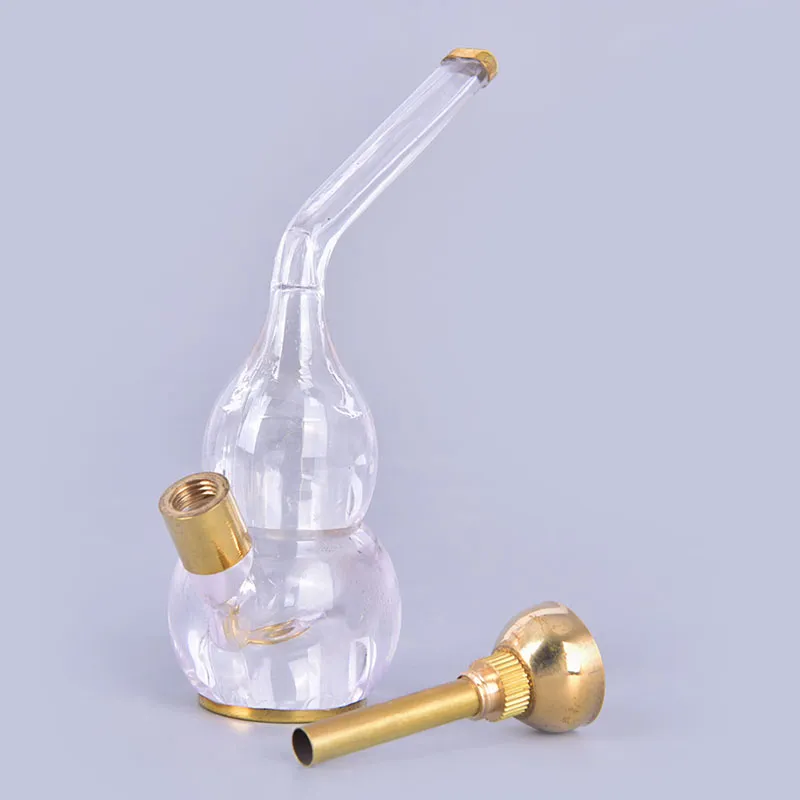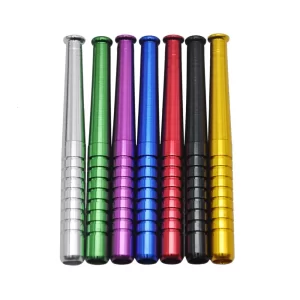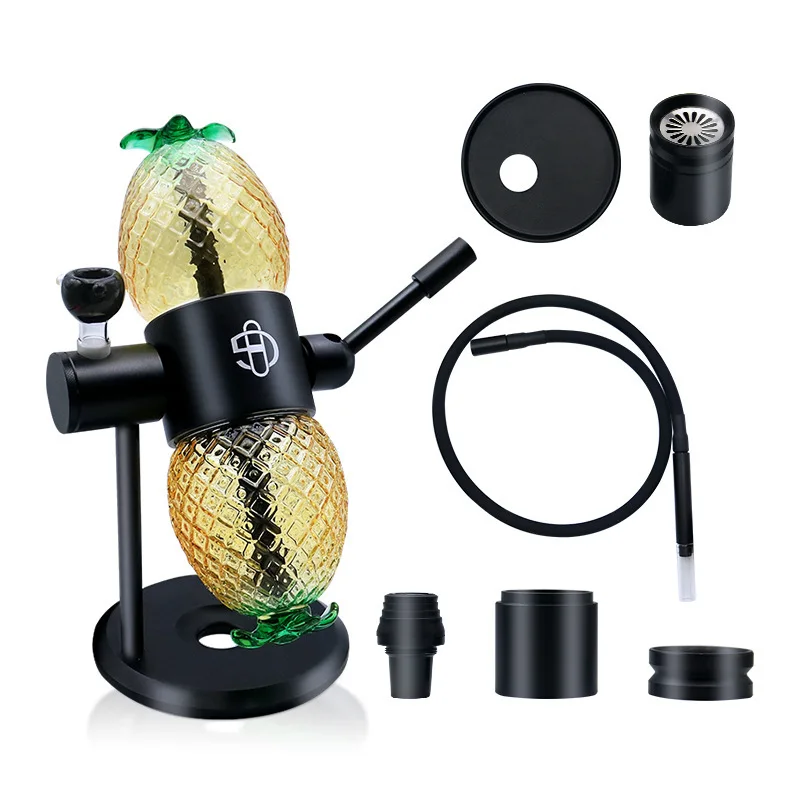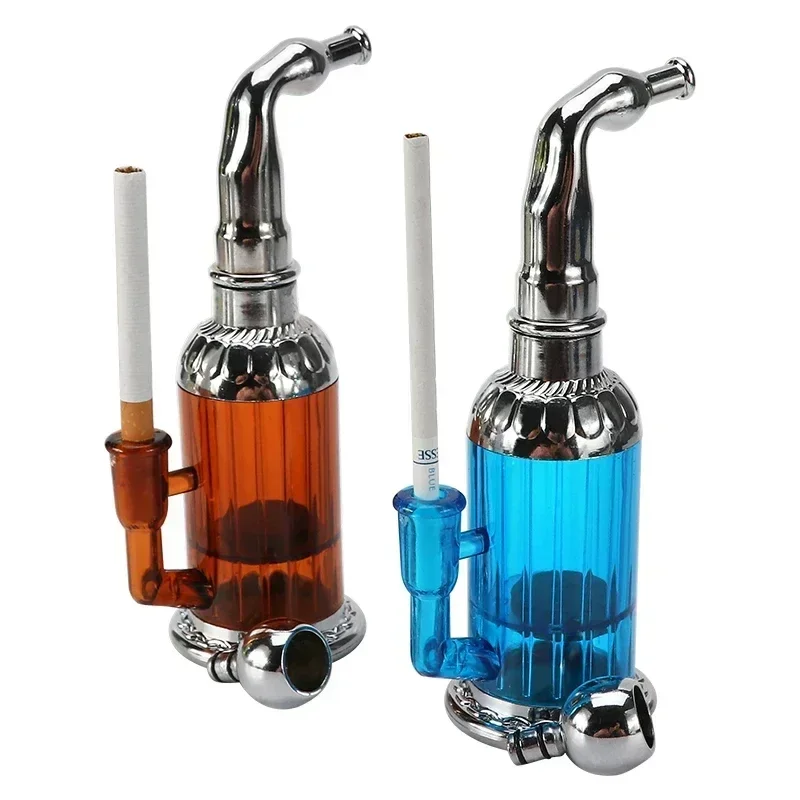Just like in coffee, wine, or tea, the aroma of cannabis can define product quality, sometimes even more than THC itself. And yes, among those aroma profiles you’ll find fruity, citrus, earthy notes… and even descriptors like vomit/fecal.
That’s what researchers from Oregon State University (OSU), together with a panel of trained sensory specialists, presented in a new study published in PLOS One.
The research set out to answer questions the cannabis world has been circling for years: What are we actually smelling when we smell a fresh bud? How much does aroma shape our expectations of quality? And can the industry finally agree on a shared vocabulary so we stop treating THC as the only indicator of “good” cannabis?
A sensory lexicon to bring order to cannabis chaos
The team assembled 24 sensory analysis experts—many with backgrounds in wine, coffee, tea, and fermented foods—and had them smell 91 flower samples, including hemp (Type III, low THC) and psychotropic cannabis (Type I, high THC).
After logging thousands of sensory notes, the group created a lexicon of 25 validated aroma terms, each supported by reference standards. When the researchers analyzed the data, four major aroma families emerged, surprisingly consistent and, in some cases, pretty unexpected:
- Fruit / berry / candy
- Citrus + chemical
- Cheese + vomit/fecal
- Funky / earthy / musty / dry grass / fuel / black tea / wood / toast
Lead researcher Thomas H. Shellhammer explained why this matters in an industry still shaped by dispensary folklore.
“Aroma plays a major role in how consumers judge cannabis quality, but until now there has not been a standardized language for describing it,” he said, as reported by Ganjapreneur.
He added: “As the cannabis industry moves from an unregulated marketplace to a legal one, it’s valuable to give consumers tools to help assess product quality beyond just terpenes and THC. This work begins to lay the foundation for that.”
THC doesn’t explain aroma (and terpenes don’t fully predict it either)
One of the clearest takeaways from the study is that cannabis aroma does not depend on THC, because THC has no smell. And to make it even a bit more uncomfortable for the current marketing, that’s all about these: the researchers found that even terpenes don’t reliably predict real aroma.
Findings included:
- Only terpinolene showed a clear correlation with citrus and chemical aromas.
- Limonene, despite its cultural association with “citrus,” did not match citrus perception.
- Volatile sulfur compounds (VSCs)—often credited for skunky notes—were not enough to explain full aroma profiles.
As the authors wrote: “The terpene profile revealed clear chemical groupings, but terpene profiles alone did not sufficiently predict sensory characteristics”.
Who smells like what? Hemp vs. THC-rich cannabis
Even though both hemp and high-THC cannabis belong to the same species, the study found clear sensory trends:
Type I (high THC)
- skunky
- animalic
- musty
- earthy
- toasted / woody notes
Type III (high CBD)
- sweet
- fruity
- citrus
- candy-like
- chemical notes
In short:
- Hemp: sweet / citrus / fruity
- Psychotropic cannabis: funky / animal / skunk / earthy / hay-like
And yes, the infamous cluster “cheesy + vomit/fecal” was statistically validated. As the study states: “Cluster 3 had a cheesy and vomit/fecal profile.”
Redefining what ‘quality’ really means
For years, the market has fixated on THC as the meaning of “premium.” But the researchers point out that aroma is the only consistent predictor of enjoyment, something supported by earlier work from the same lab.
They conclude: “These results highlight the limitations of chemical composition as an indicator of aroma quality.”
This new lexicon proposes a shift: moving from buying “based on potency” to buying “based on sensory profile”, the same way we already judge specialty coffee or natural wine.
In other words: a more honest, transparent cannabis market that’s aligned with the actual experiences of consumers.


























